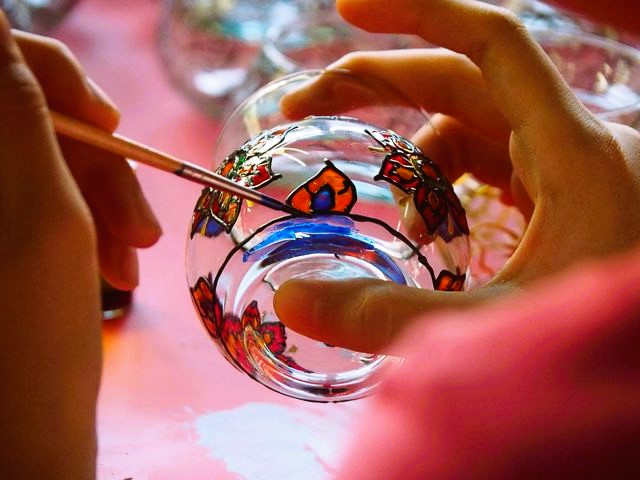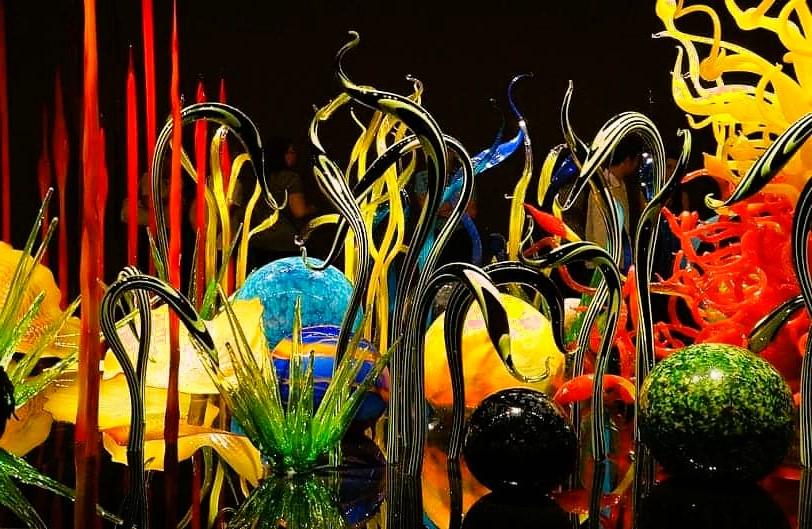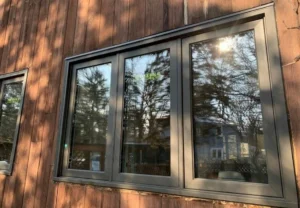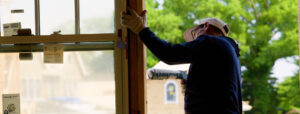Glass has been a captivating and versatile material for artistic expression and functional creations for centuries. Whether you’re interested in crafting stained glass windows, fused glass jewelry, or decorative glassware, there’s something magical about working with glass. In this article, we’ll explore the world of creating glass art at home, offering tips and techniques for beginners and enthusiasts alike.
The Fascination of Glass Art
Working with glass offers a unique combination of creativity and precision. It’s a medium that allows for endless possibilities, from delicate, intricate designs to bold, vibrant creations. Whether you’re a seasoned glass artist or a novice eager to try your hand at this craft, here are some key tips and techniques to help you get started or improve your skills.
1. Safety First
Glass art involves working with high temperatures, sharp tools, and potentially hazardous materials. Safety should always be your top priority. Here are some safety measures to consider:
- Protective Gear: Wear safety glasses to shield your eyes from glass shards, as well as heat-resistant gloves to handle hot glass.
- Ventilation: Work in a well-ventilated area or use a ventilation system to prevent inhaling harmful fumes.
- Fire Safety: Have a fire extinguisher nearby, and never leave your kiln or torch unattended.
- Proper Storage: Store glass materials and chemicals securely and away from children and pets.
2. Tools and Equipment
The specific tools and equipment you’ll need depend on the type of glass art you’re interested in. Some common tools include:
- Glass Cutter: A tool designed to score glass before breaking it along the score line.
- Grinder: Used to smooth and shape glass edges after cutting.
- Kiln: Essential for firing and fusing glass. Kilns come in various sizes and types, including electric and gas.
- Safety Glasses: Protect your eyes from glass fragments and radiant heat.
- Molds and Forms: Depending on your project, you may need molds or forms to shape your glass.

3. Choose Your Glass
Glass art comes in many forms, each with its unique characteristics:
- Stained Glass: Colored glass pieces are assembled using lead or copper foil and soldered together. This technique is popular for creating decorative windows and panels.
- Fused Glass: Layers of glass are heated in a kiln to fuse them together. Fused glass is used for jewelry, bowls, and other decorative items.
- Blown Glass: Molten glass is shaped by blowing air through a pipe. This technique is often used for creating glass sculptures and vessels.
- Lampworking: Glass rods are melted and shaped using a torch. Lampworking is ideal for making glass beads and small sculptures. Do you like the article? Read also about Global trends in the glass industry.
Choose the type of glass art that appeals to you the most and start by learning the basics of that particular technique.
4. Practice Patience and Precision
Glass art requires precision and patience. It’s essential to take your time, especially when cutting or shaping glass. Rushing can lead to mistakes and accidents. As you gain experience, your skills and speed will improve.
5. Learn from Others
Glass art is a craft that thrives on sharing knowledge and techniques. Consider taking classes or workshops from experienced glass artists in your community or online. Books, online tutorials, and forums are valuable resources for learning and sharing ideas.
6. Experiment and Innovate
Don’t be afraid to experiment and push the boundaries of your creativity. Try different color combinations, techniques, and forms. Some of the most stunning glass art creations result from artists pushing the envelope and innovating in their field.
7. Explore Glass Art Standards
To ensure safety and quality in your glass art projects, it’s a good idea to explore any relevant standards or guidelines. For example, if you’re working with stained glass, you can refer to industry standards for stained glass construction. These standards often cover aspects like soldering techniques, lead or copper foil use, and proper ventilation in studios.
For more information on glass art techniques, safety guidelines, and industry standards, you can visit Wikipedia. These sources provide valuable insights into the technical aspects and industry standards associated with glass art creation.




